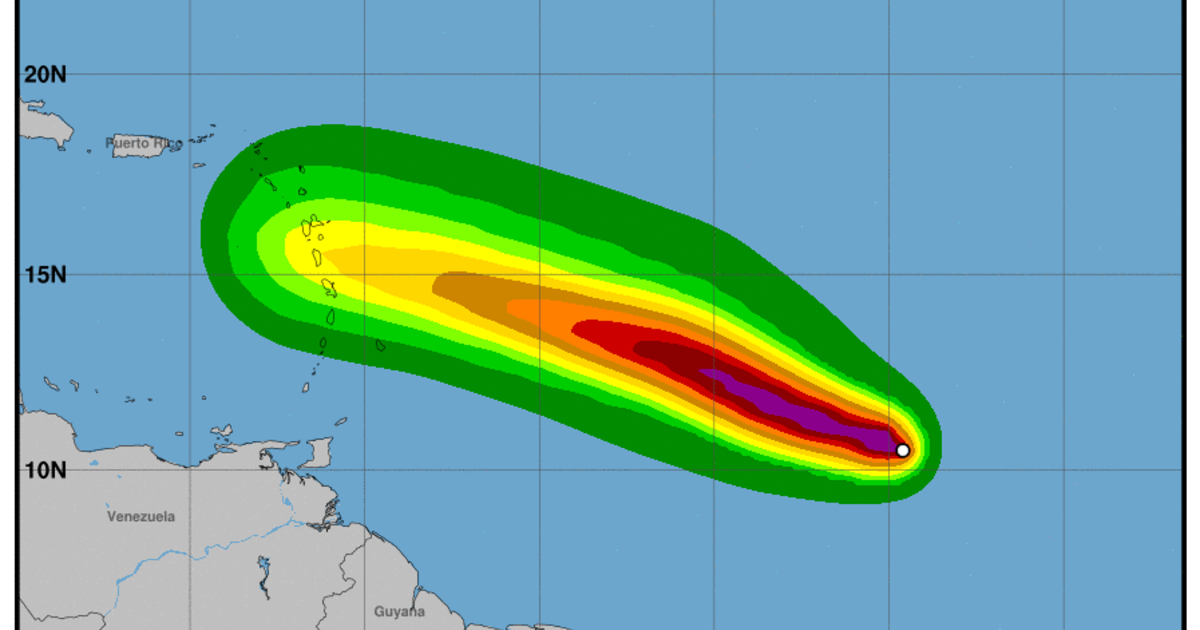Projected Path Forecast
![]()
Beryl projected path – The projected path forecast for Tropical Storm Beryl is based on a combination of historical data, statistical models, and current atmospheric and oceanographic conditions. These factors are used to predict the most likely path of the storm, but it is important to note that the actual path may vary.
The projected path of Beryl, currently a tropical storm, is being closely monitored by meteorologists. For the latest spaghetti models and up-to-date information on the storm’s path, visit tropical storm beryl spaghetti models. This interactive tool provides a visual representation of the storm’s potential paths, helping you stay informed and prepared.
The current forecast predicts that Beryl will continue to move west-northwestward over the next 24 hours, with a slight decrease in forward speed. The storm is expected to make landfall in Belize late Tuesday night or early Wednesday morning. After landfall, Beryl is expected to weaken as it crosses the Yucatan Peninsula and emerges into the Gulf of Mexico. The storm is then expected to turn northward and move along the coast of Mexico, bringing heavy rainfall and potential flooding to the region.
Beryl’s projected path has been a topic of discussion among meteorologists. As we track its movement, it’s important to consider the spaghetti models , which provide multiple possible paths for the storm. By examining these models, we can better anticipate Beryl’s trajectory and potential impact on affected areas.
Factors Influencing the Projected Path
- Atmospheric conditions: The strength and direction of the steering currents in the atmosphere will influence the path of the storm. Beryl is currently being steered by a strong easterly flow in the mid-levels of the atmosphere, which is pushing the storm westward. However, a change in the steering currents could alter the path of the storm.
- Ocean currents: The ocean currents in the Gulf of Mexico can also influence the path of a storm. Beryl is expected to encounter a strong loop current in the Gulf, which could slow the storm down and cause it to turn northward.
- Land interaction: When a storm makes landfall, it can lose energy and weaken. This can cause the storm to change direction or dissipate altogether. Beryl is expected to make landfall in Belize, which could weaken the storm and cause it to turn northward.
Potential Impacts: Beryl Projected Path

Tropical Storm Beryl is expected to bring a range of impacts to the affected areas. These include storm surges, flooding, wind damage, and other hazards. It is important for residents in the path of the storm to be aware of these potential impacts and to take necessary precautions.
The most significant impact of Tropical Storm Beryl is likely to be storm surge. Storm surge is a wall of water that can reach heights of up to 10 feet above normal tide levels. Storm surge can cause extensive damage to coastal communities, including flooding, erosion, and structural damage. Residents in low-lying areas should be prepared to evacuate if necessary.
Flooding
In addition to storm surge, Tropical Storm Beryl is also expected to bring heavy rainfall, which can lead to flooding. Flooding can occur in both coastal and inland areas. Residents in flood-prone areas should be prepared to take precautions, such as moving valuables to higher ground and securing loose objects.
Wind Damage
Tropical Storm Beryl is also expected to bring strong winds, which can cause damage to trees, power lines, and structures. Residents should be prepared to secure loose objects and take precautions to protect their property from wind damage.
Other Hazards
In addition to storm surge, flooding, and wind damage, Tropical Storm Beryl may also bring other hazards, such as tornadoes and lightning. Residents should be aware of these hazards and take necessary precautions.
Evacuation and Safety Measures
Residents in the path of Tropical Storm Beryl should follow the instructions of local authorities. If an evacuation order is issued, residents should evacuate immediately. Residents should also take steps to prepare their homes for the storm, such as securing loose objects and boarding up windows.
Monitoring and Updates

The projected path of Tropical Storm Beryl is being closely monitored and updated by the National Hurricane Center (NHC). The NHC uses a variety of data sources to track the storm’s progress, including satellite imagery, radar data, and surface observations.
The NHC issues updates on Beryl’s projected path every six hours. These updates are available on the NHC website, as well as through the NHC’s social media channels.
Data Gathering, Beryl projected path
The NHC gathers data on Beryl’s projected path using a variety of methods, including:
- Satellite imagery: Satellite images provide a visual representation of the storm’s location and intensity.
- Radar data: Radar data can be used to track the storm’s movement and to estimate its rainfall rates.
- Surface observations: Surface observations from weather stations and buoys can provide information on the storm’s wind speed and direction.
Public Access
The public can access the latest updates on Beryl’s projected path through the following resources:
- NHC website: The NHC website provides a variety of information on Beryl, including its projected path, intensity, and potential impacts.
- NHC social media channels: The NHC’s social media channels provide real-time updates on Beryl.
- Local news media: Local news media outlets will often provide updates on Beryl’s projected path and potential impacts.